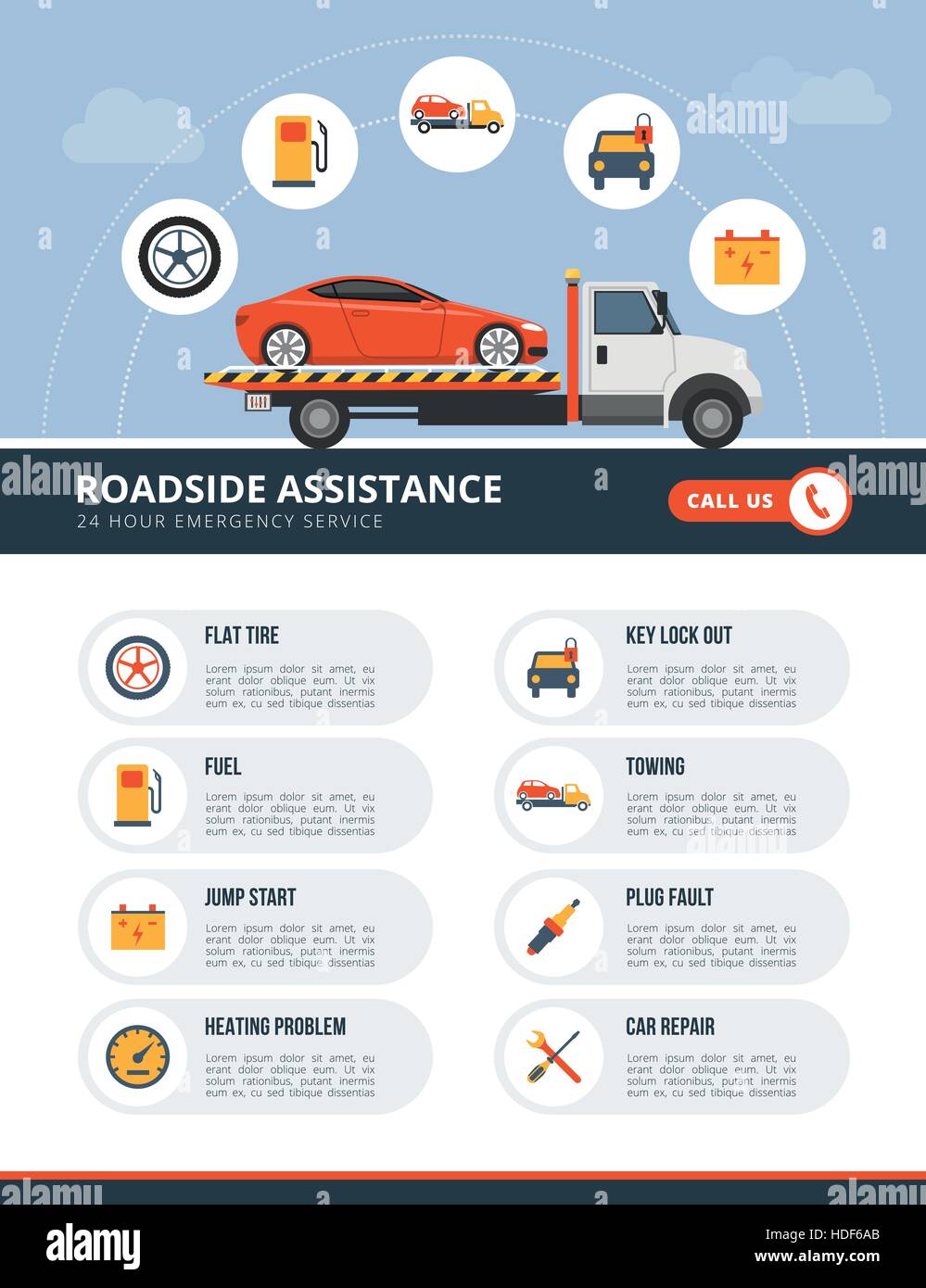Comprehending Your Auto'S Caution Lights: What Do They Actually Mean?
Comprehending Your Auto'S Caution Lights: What Do They Actually Mean?
Blog Article
Personnel Writer-Boye Torres
When you lag the wheel, those beautiful warning lights on your dashboard can be a bit difficult. Do you know what they're trying to tell you concerning your cars and truck's wellness? Recognizing the importance of these lights is essential for your security and the durability of your automobile. So, the next time among those lights pops up, wouldn't you wish to decipher its message properly and take the needed steps to resolve it?
Common Warning Lights and Interpretations
Determine typical warning lights in your automobile and understand their significances to ensure secure driving.
The most common caution lights include the check engine light, which signals concerns with the engine or emissions system. If this light begins, it's critical to have your lorry examined immediately.
The oil stress alerting light shows reduced oil stress, needing immediate interest to avoid engine damages.
A flashing battery light might recommend a faulty billing system, potentially leaving you stranded otherwise dealt with.
The tire stress tracking system (TPMS) light alerts you to reduced tire pressure, influencing lorry security and gas efficiency. Disregarding https://oilchangecost17384.aboutyoublog.com/31853540/improve-your-abilities-in-choosing-the-ideal-car-repair-shop-by-following-these-ten-crucial-pointers can cause harmful driving conditions.
The abdominal muscle light suggests an issue with the anti-lock braking system, compromising your capability to stop promptly in emergencies.
Finally, the coolant temperature cautioning light warns of engine overheating, which can cause serious damages if not solved quickly.
Recognizing these usual warning lights will help you deal with problems quickly and maintain risk-free driving problems.
Value of Prompt Attention
Understanding the typical caution lights in your vehicle is only the primary step; the importance of without delay addressing these warnings can't be highlighted sufficient to ensure your safety and security on the road.
When engine cleaning brightens on your dashboard, it's your auto's means of interacting a potential issue that requires focus. Ignoring these cautions can cause extra extreme problems in the future, compromising your safety and security and potentially costing you much more out of commission.
Trigger focus to cautioning lights can protect against break downs and mishaps. As an example, a blinking check engine light might show a misfire that, if left neglected, might trigger damage to the catalytic converter. Addressing this immediately can save you from a pricey repair service.
Likewise, a brake system warning light could signal low brake liquid or used brake pads, vital elements for your safety and security when driving.
Do It Yourself Troubleshooting Tips
If you discover a warning light on your control panel, there are a couple of DIY repairing pointers you can try prior to looking for specialist assistance.
The first step is to consult your automobile's handbook to recognize what the certain warning light suggests. In some cases the concern can be as basic as a loose gas cap causing the check engine light. Tightening the gas cap might deal with the problem.
One more usual problem is a low battery, which can set off various advising lights. Inspecting the battery links for deterioration and guaranteeing they're safe might deal with the issue.
If a warning light lingers, you can try resetting it by disconnecting the auto's battery for a couple of mins and then reconnecting it. Additionally, checking your automobile's liquid levels, such as oil, coolant, and brake liquid, can help troubleshoot alerting lights connected to these systems.
Conclusion
Finally, understanding your vehicle's caution lights is necessary for maintaining your automobile running efficiently and securely. By quickly dealing with these signals and knowing what they suggest, you can stay clear of pricey fixings and prospective breakdowns.
Keep in click over here to consult your auto's guidebook for specific details on each alerting light and act accordingly to make sure a hassle-free driving experience.
Remain notified, stay please click the next website page on the road!
